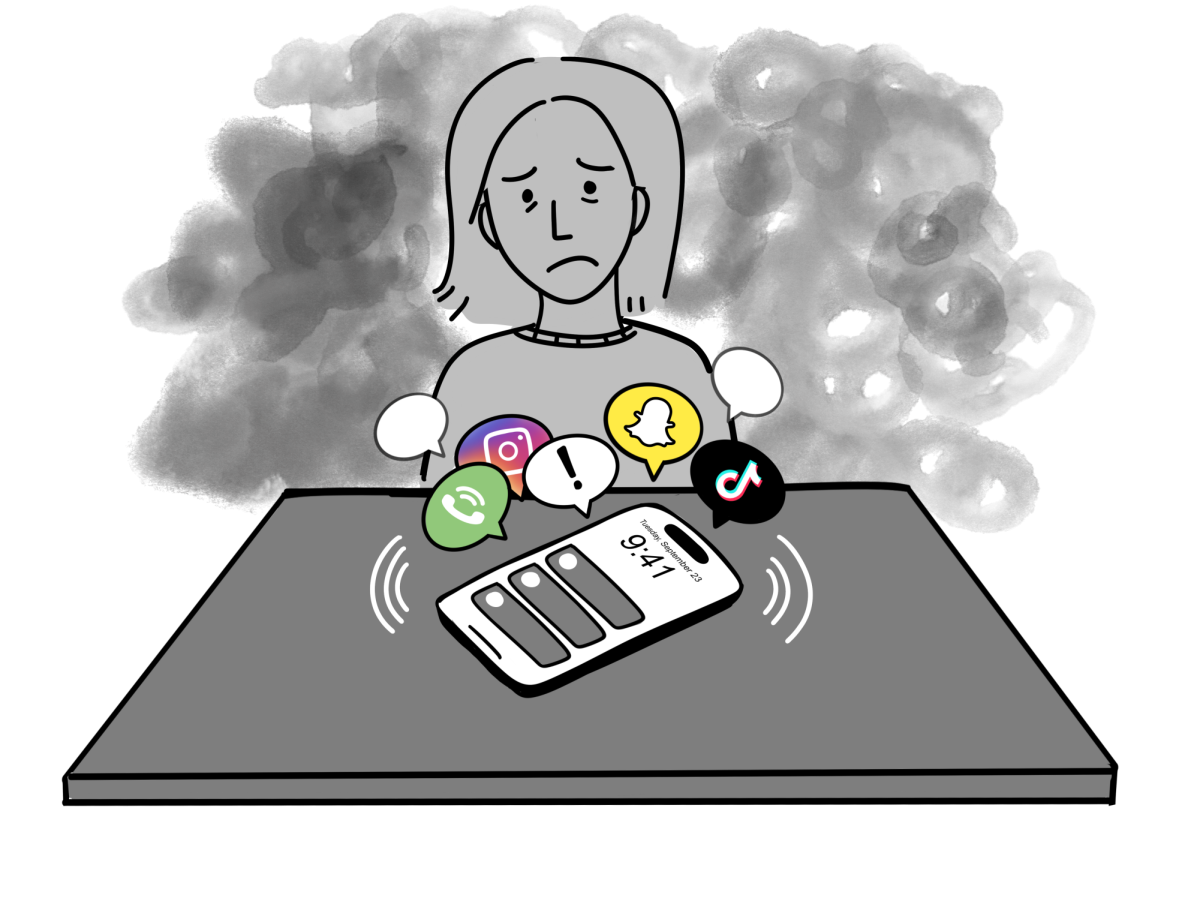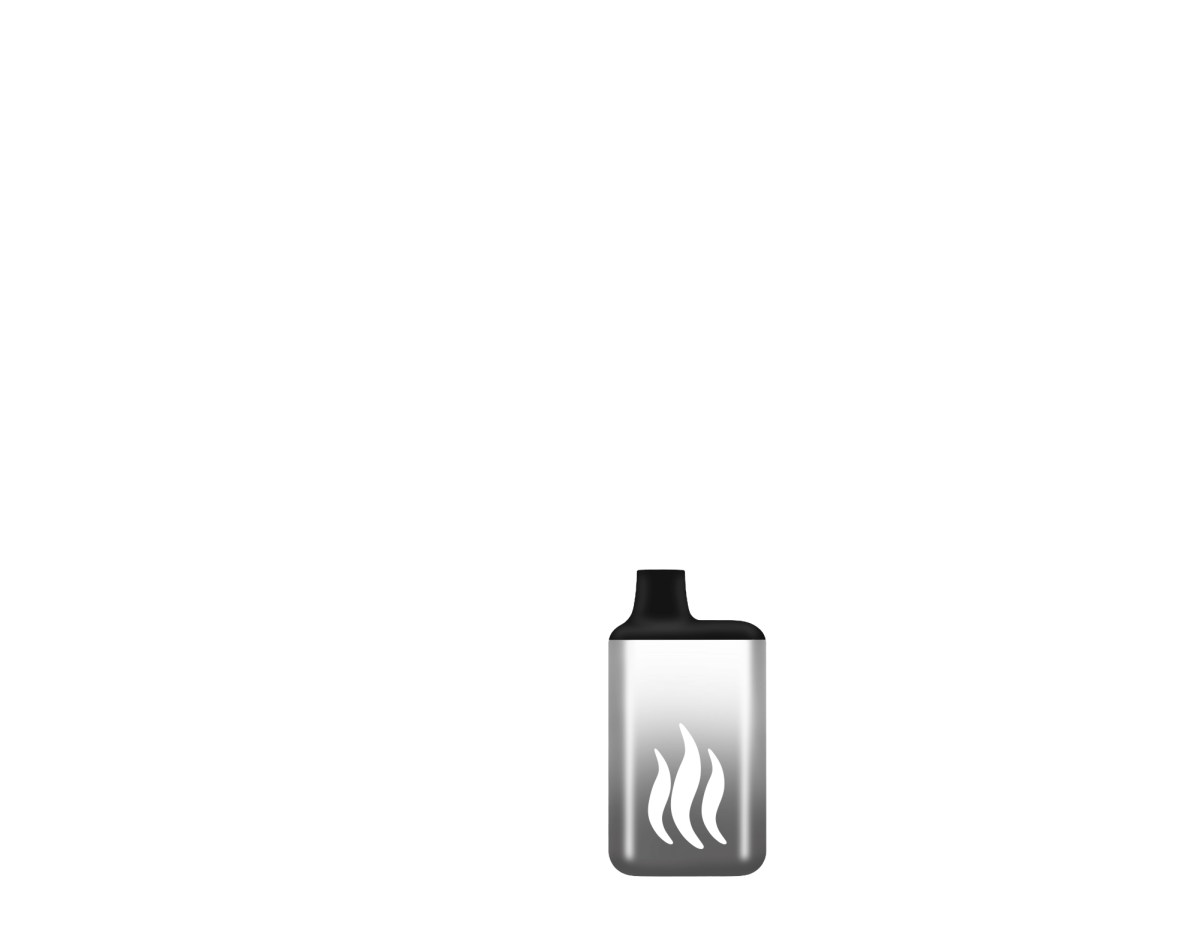It’s one thing to talk about climate change in the classroom. It’s another to see it play out in front of your own eyes. According to the University of South Carolina, Hurricane Helene was “the deadliest inland Hurricane on record.” Charming tourist towns turned into raging rivers; low-lying valleys, swamps. Entire livelihoods disappeared in an instant. Tragically, this will not be the last life-altering hurricane our nation witnesses. The US Global Change Research Program states that hurricanes are progressively becoming more frequent, intense, and large. While the environmental impacts are unprecedented, the real danger goes deeper than flood waters. The greatest consequences are economic, as disparities in wealth are exposed and businesses take advantage of natural disasters. In order to mitigate this, it’s essential that the government controls prices in order to deal with both the short and long term economic effects of disasters like Hurricane Helene.
Deadly hurricanes like Helene prey on the essentials: water, electricity, food, and shelter. Businesses are able to exploit the resulting desperation by jacking up prices on essential goods. In North Carolina, one of the states most affected by Helene, the attorney general received 196 complaints on the problem of price-gouging. Price-gouging is not a novel problem, but that does not stop it from running rampant. Deputy Director of the Bureau of Consumer Protection Monica Vaca says price-gouging is “hard to define, but you know it when you see it—we’re talking about extreme increases in the retail price that is charged to consumers in an area where there’s been an emergency declared.” The difficulty in defining price-gouging is also an obstacle in stopping it. According to NPR Chief Economic Correspondent Scott Horsely, “It can be tricky to draw the line between illegal price gouging and just the normal forces of supply and demand.” Whether intentional or not, the effects of high prices are devastating. During Helene in North Carolina, a singular water bottle was seven dollars, while the cost of loaves of bread increased to ten dollars. Resources are already sparse and with prices like these, people who are forced to remain in affected areas struggle to survive.
This begs the question: why not leave? The answer is that most affected individuals and families don’t have the ability to leave. In 2005, when the infamous Hurricane Katrina hit New Orleans, the most affected groups were the elderly and the impoverished, both of which were essentially immobile and unable to leave the city. Whether they did not have a car, could not afford the gas, or simply were disabled and bedridden, between 150,000 and 200,000 were stuck in the path of the hurricane. When the levees broke and water rushed in, it decimated places like the Lower Ninth Ward, the poorest neighborhood in New Orleans. While the city’s better-off could afford to stay at hotels with inflated prices and buy all the gas and supplies they needed, many of the city’s minorities and destitute were held in a professional football stadium where people were sexually assaulted, forced to defecate on the field and were ordered by the national guard not to leave. As storms become larger, deadlier and, more frequent, it is the government’s duty to manage such effects, whether this be by stricter price control or ensuring immoble citizens have viable places to go when disasters arise.
While short-term prices and displacements are horrific, they are far from the only economic tragedy resulting from natural disasters. As climate change and the subsequent rise of natural disasters occur, certain regions of the United States become less valuable to live in. In California, for example, insurers have abandoned areas with homes that could be heavily affected by the possibility of wildfires.. Not only does that mean homeowners have to pay out of pocket for any repairs, it also makes it harder to pay their mortgages. According to CBS, when insurers leave an area, interest rates rise, making even elderly homeowners have to continue to pay off their mortgage. This is not an isolated incident, as both Allstate and State Farm recently announced that they were dropping coverage in some parts of California and refusing to renew coverage in Florida. These effects will make areas highly susceptible to disaster become increasingly more expensive to live in. While temperate forests like the ones in PA are not as susceptible to these disasters, there still lies a major problem. As the effects of climate change accelerate, areas like Lower Merion will become prized commodities; a safe lifeboat in a sea of ravaging disasters. The problem is not everyone can fit on this metaphorical lifeboat, and the people on board will try to make getting onboard exclusive as possible. Only the most affluent, whitest and ‘socially desirable’ people will be allowed to board; a dystopian future coming to fruition.
Climate change is showing no sign of slowing down, and it is essential that the government recognize economic disparity in different regions and react accordingly. Whether it be short-term displacement or periodic rise in housing prices, climate change does not stop at destroying the biosphere. It has an economic effect too, an effect that hurts the most among those that have the least.





